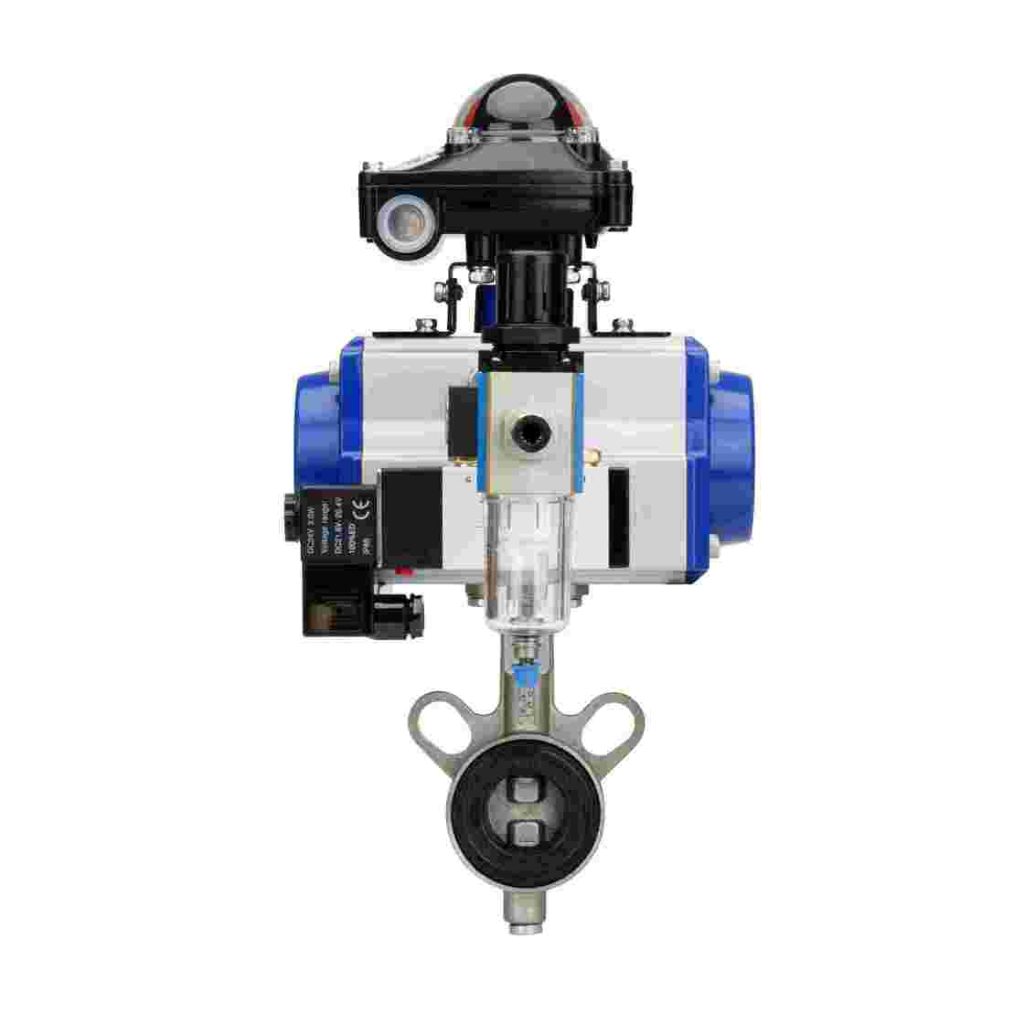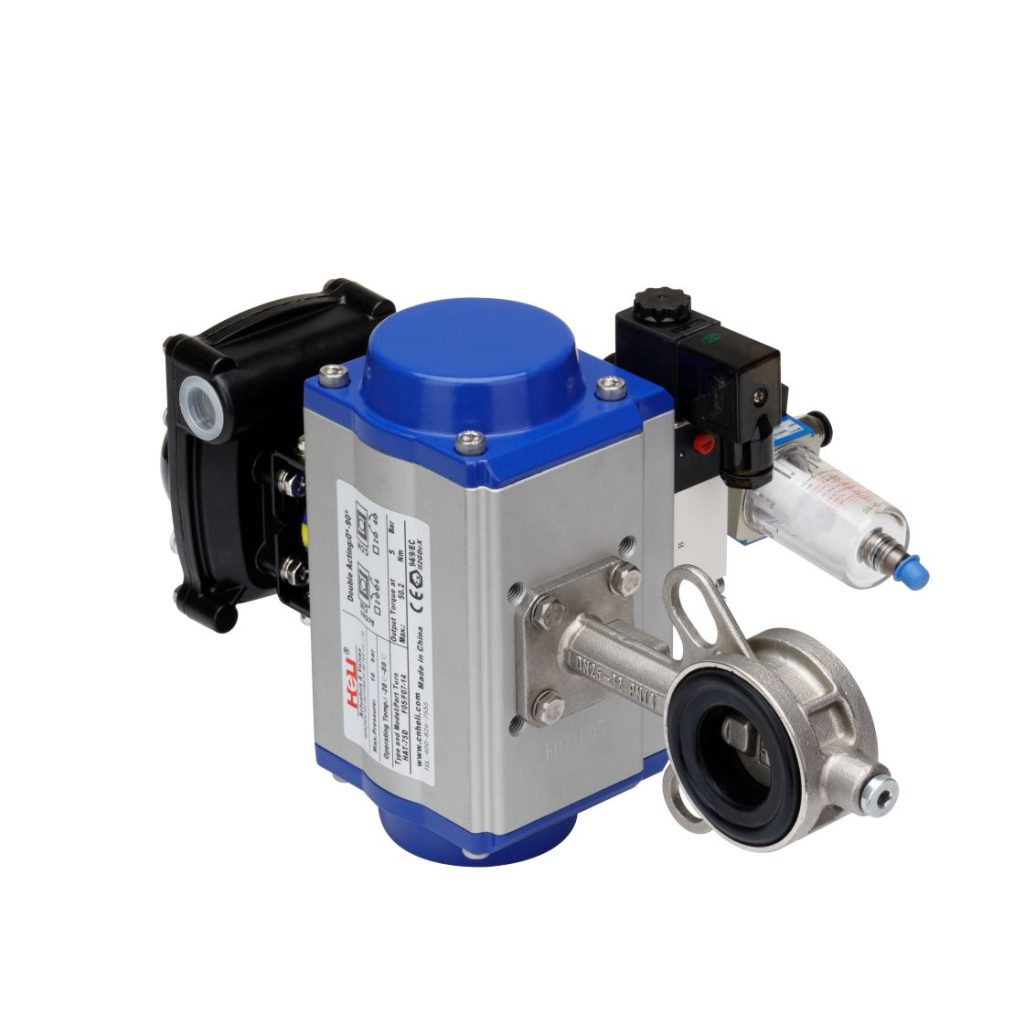The development of lithium-ion batteries has revolutionized the energy storage industry, powering everything from smartphones to electric vehicles. However, to ensure optimal performance and safety, various components within the battery system must work together seamlessly. One such component is the lithium battery pneumatic butterfly valve. This valve plays a crucial role in regulating the flow of fluids or gases in battery-related applications, particularly in cooling, pressure regulation, and chemical flow control. This article explores the design, application, and significance of this vital component in lithium battery systems.

1. What is a Lithium Battery Pneumatic Butterfly Valve?

A lithium battery pneumatic butterfly valve is a type of flow control device that uses a rotating disc to regulate the flow of fluids or gases. The valve is actuated pneumatically, meaning it is controlled by compressed air rather than electric or hydraulic power. This feature is especially valuable in environments where electrical actuation may pose a risk, such as in systems involving lithium-ion batteries, which are highly sensitive to temperature fluctuations and overcharging. The design of the butterfly valve consists of a central disc attached to a shaft, which rotates within the valve body to control the flow rate. When the disc is in a fully open position, it allows maximum fluid flow, while in a fully closed position, it prevents any flow. The ability to precisely control the valve’s position makes it an excellent choice for applications that require fine-tuned flow management.
